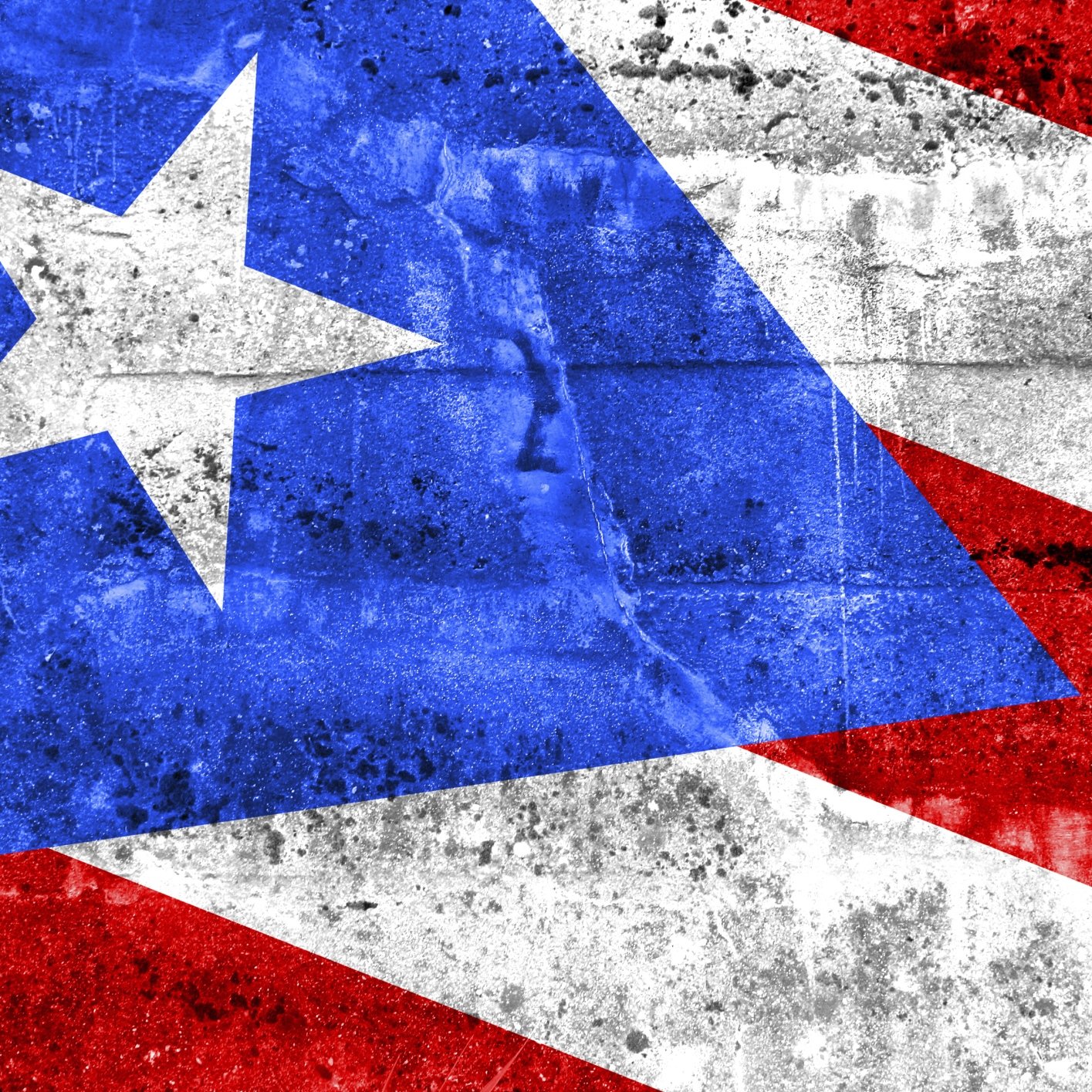Economy
Puerto Rico's Economy by the Numbers

Published:
Last Updated:

A new report from the office of the Governor of Puerto Rico claims it cannot generate enough money to pay for $24.5 billion in debt that comes due in the next 10 years. The CIA has summarized Puerto Rico’s economy.
The local government summarized the debt problem in of an analysis of the situation secured by Bloomberg:
Revenue will fall short of covering principal and interest payments each year through 2025, according to an updated fiscal and economic growth plan released by Governor Alejandro Garcia Padilla’s administration Monday. The payment deficit over the next five years has widened to an estimated $16.06 billion, up from a $14 billion forecast in September. Creditors asked Puerto Rico to extend the plan to 10 from five years, the administration said.
The CIA analysis of why the problem is so dire:
Puerto Rico had one of the most dynamic economies in the Caribbean region until 2006, however, growth has been negative for each of the last nine years. The down-turn coincided with the phase-out of tax preferences that had led US firms to invest heavily in the Commonwealth since the 1950s, and a steep rise in the price of oil, which generates most of the island’s electricity. Diminished job opportunities prompted a sharp rise in outmigration, as many Puerto Ricans sought jobs on the US mainland. Unemployment reached 16% in 2011, but declined to 13.7% in December 2014. US minimum wage laws apply in Puerto Rico, hampering job expansion. Per capita income is about half that of the US mainland.
At least the rise of oil prices has abated. The other problems remain.
[ims_survey]
One of the largest symptoms of the trouble is Puerto Rico’s unemployment rate. According to the Bureau of Labor Statistics, it was 12.5% in November, compared to 5.1% in the United States. Even during the depths of the last recession, the jobless rate in America peaked at 10.1%.
The island’s debt problems are much worse than in any state in the United States:
Public debt rose to nearly 94% of GDP in 2014, the equivalent of $15,600 per person, or nearly three times the per capita debt of the State of Connecticut, the highest in the US. Much of that debt was issued by state-run schools and public corporations, including water and electric utilities.
The debt repayment situation will deteriorate as there is no sign the economy of Puerto Rico can stabilize but rather actually may get worse.
A financial advisor can help you understand the advantages and disadvantages of investment properties. Finding a qualified financial advisor doesn’t have to be hard. SmartAsset’s free tool matches you with up to three financial advisors who serve your area, and you can interview your advisor matches at no cost to decide which one is right for you. If you’re ready to find an advisor who can help you achieve your financial goals, get started now.
Investing in real estate can diversify your portfolio. But expanding your horizons may add additional costs. If you’re an investor looking to minimize expenses, consider checking out online brokerages. They often offer low investment fees, helping you maximize your profit.
Thank you for reading! Have some feedback for us?
Contact the 24/7 Wall St. editorial team.